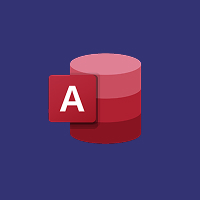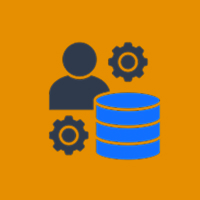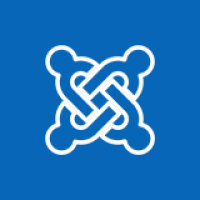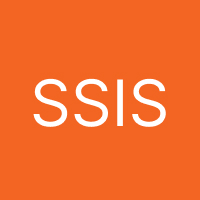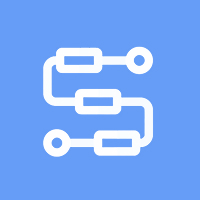Creating your own blogging platform using PHP is a rewarding way to deepen your web development skills. With PHP, you can design a platform where users can create, publish, edit, and manage their blog posts. You can also add features like user registration, commenting, and more. This guide will walk you through the process, from setting up your environment to launching your platform.
Step 1: Set Up Your Development Environment
Before you start building, ensure you have a working PHP environment on your computer. Tools like XAMPP or MAMP are great for this as they come with PHP, MySQL, and Apache pre-configured. Once you’ve installed these, create a project folder where all your files for the blog will live.
Step 2: Create Your Database
You’ll need a database to store your blog posts, users, and comments. Here’s how to set it up:
- Create a New Database: Name it something like
blog_platform. - Create Tables:
- Users Table: This will store user data such as user ID, username, email, and password.
- Posts Table: This will store each blog post’s details like post ID, title, content, author ID, and creation date.
- Comments Table: This will hold comments for each post, including the comment ID, post ID, user ID, comment text, and creation date.
This structure allows for organized management of users, posts, and comments.
Step 3: Set Up User Authentication
For your platform to be secure, users must log in before they can create or edit posts.
- User Registration: Create a registration form where users can sign up. Store their password securely by hashing it with PHP’s
password_hash()function. - Login System: Set up a login form that authenticates users by checking their credentials against the database. Once logged in, use PHP sessions to keep them logged in.
- Access Control: Restrict features like post creation and editing to logged-in users only.
Step 4: Create Blog Post Functionality
Once your authentication system is in place, you can move on to the core features of the platform:
- Create a Post Form: This form will allow users to write posts by entering a title and content.
- Save Posts to the Database: When the form is submitted, validate and sanitize the inputs, then save the data in your database.
- Display Posts: Create a page that displays all posts. You can pull data from the database to show each post’s title, content, and author.
- Edit and Delete Posts: For logged-in users, allow them to edit or delete their own posts. Use the
author_idto check if the user is the post’s creator before allowing changes.
Step 5: Add Commenting Features
Comments can make your blog more interactive. Here’s how to set them up:
- Create a Comment Form: Allow logged-in users to leave comments on posts.
- Display Comments: Fetch and display the comments for each post from the database.
- Moderation: You can also add an admin feature to approve or delete comments if necessary.
Step 6: Style the Platform
A clean, easy-to-navigate design is key to a good user experience. You can use HTML and CSS to design your platform. For faster styling, try using a CSS framework like Bootstrap, or create custom styles for a more personalized look. Focus on making the layout intuitive so users can easily navigate through registration, login, post creation, and comments.
Step 7: Deploy Your Blog Platform
Once you’re happy with how your blog functions and looks, it’s time to launch it:
- Migrate the Database: Export your local database and import it to your production server.
- Upload Your Files: You can upload your files using FTP or a Git repository.
- Configure Your Environment: Make sure your database connection settings and any other environment-specific configurations are updated to work on the live server.
Best Practices and Future Enhancements
Now that you have your basic platform up and running, here are some ways to improve and expand it:
- SEO-Friendly URLs: Use URL rewriting to make your post URLs more descriptive and easier for search engines to crawl.
- User Profiles: Allow users to create profiles where they can display their bio and list the posts they’ve written.
- Category and Tagging: Add categories and tags to organize your posts and improve content discoverability.
- Security Enhancements: Use CSRF protection, sanitize all user inputs, and always validate data to keep your platform secure.
Conclusion
Building a blogging platform from scratch using PHP is a great way to sharpen your web development skills. By going through the process of setting up a database, managing user authentication, and adding essential features like posts and comments, you’ll gain a deep understanding of how web applications work. As you become more comfortable with PHP, you can keep expanding your platform by adding more advanced features or refining the existing ones.
Contact Us Today



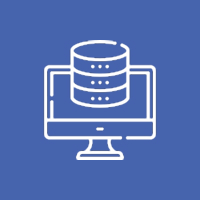





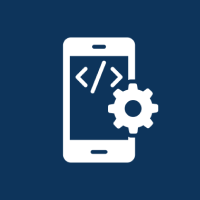
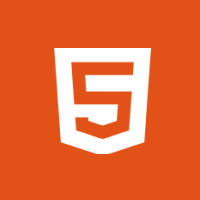


 Database Development
Database Development




